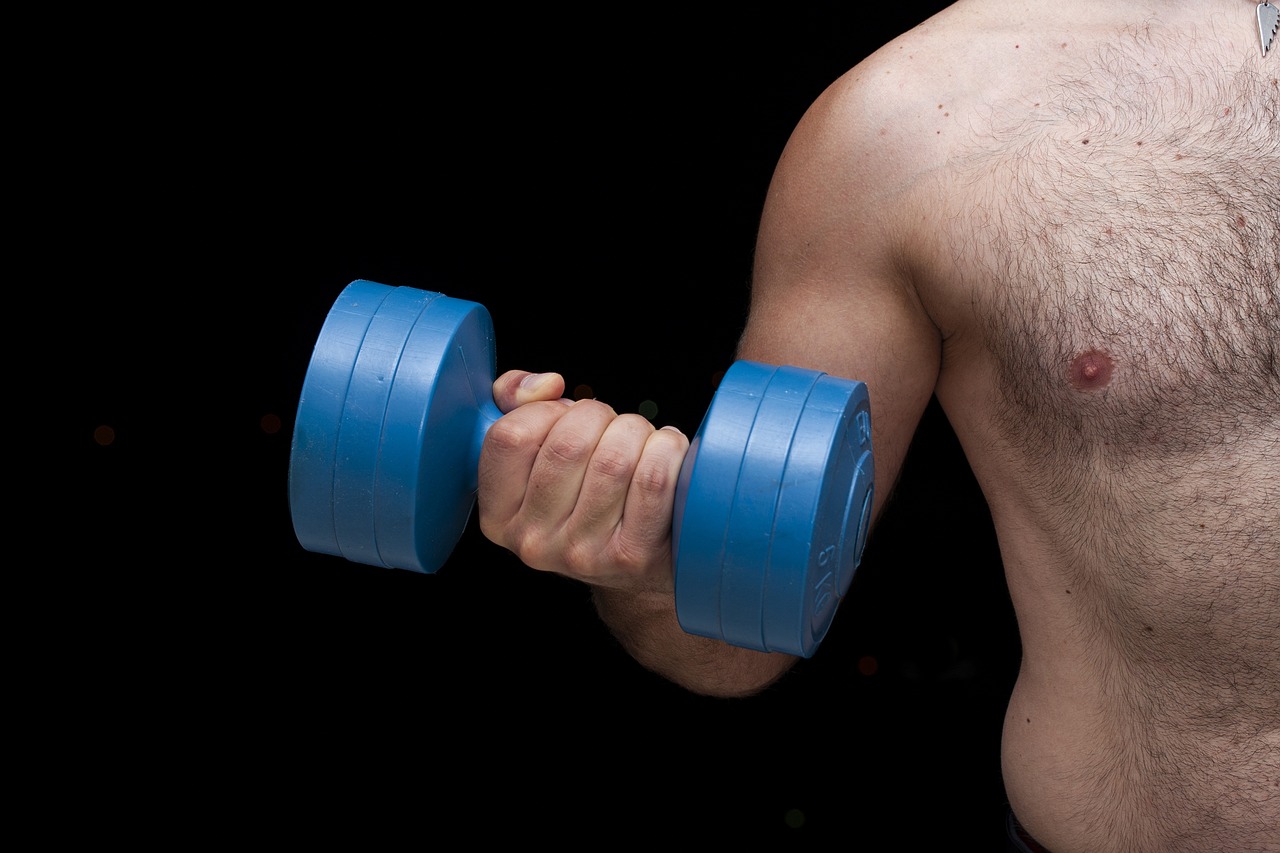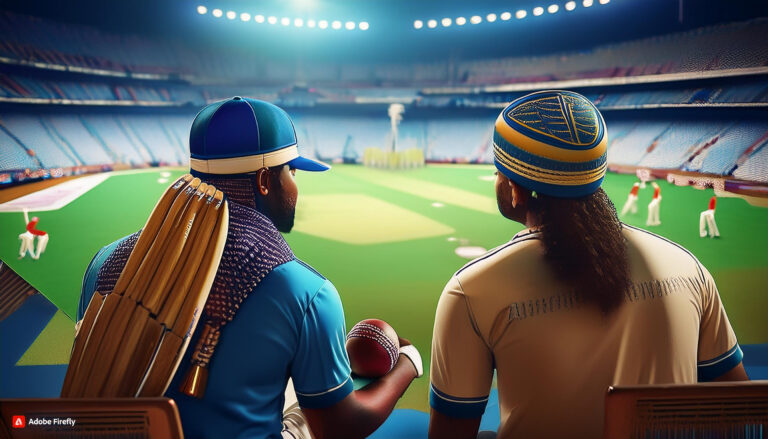Innovations in Cricket Sock Design
Allpaanel, 11xPlay: Cricket socks have evolved over the years in terms of materials used for manufacturing. Traditional cotton socks have given way to more advanced synthetic fibers such as polyester, nylon, and elastane. These materials offer better moisture-wicking properties, durability, and elasticity, ensuring that players can perform at their best without discomfort.
Furthermore, the use of these modern materials in cricket socks helps in reducing blisters, friction, and odors during intense gameplay. Polyester helps in wicking away sweat from the skin, keeping the feet dry and preventing the formation of blisters. Nylon adds strength and durability to the socks, ensuring they can withstand the rigors of the game. Lastly, elastane provides stretch and elasticity, allowing for a snug fit that stays in place throughout the match.
Importance of moisture-wicking technology in cricket socks
Moisture-wicking technology in cricket socks plays a crucial role in enhancing players’ comfort during intense matches. By effectively managing moisture and sweat, these socks help prevent blisters, odor, and discomfort, allowing athletes to focus solely on their performance. Without this innovative technology, players might experience distractions and discomfort, affecting their overall game.
The ability of moisture-wicking technology to keep the foot dry also minimizes the risk of developing fungal infections or other foot conditions. In cricket, where players often spend extended hours on the field, having socks that can efficiently remove sweat and moisture is essential for maintaining foot health. This technology not only improves performance but also ensures the well-being of players, making it a fundamental aspect of modern cricket socks.
What materials are commonly used in modern cricket socks?
Modern cricket socks are typically made from moisture-wicking materials such as polyester, nylon, and spandex.
Why is moisture-wicking technology important in cricket socks?
Moisture-wicking technology helps to keep the feet dry and comfortable by drawing moisture away from the skin and allowing it to evaporate more quickly.
How does moisture-wicking technology benefit cricket players?
By keeping the feet dry, moisture-wicking technology helps to prevent blisters, chafing, and fungal infections, allowing cricket players to focus on their game without discomfort.
Can moisture-wicking technology help regulate temperature in cricket socks?
Yes, moisture-wicking technology can also help regulate temperature by allowing sweat to evaporate more quickly, keeping the feet cool in hot weather and warm in cold weather.
Are there any specific care instructions for cricket socks with moisture-wicking technology?
To maintain the effectiveness of moisture-wicking technology in cricket socks, it is recommended to wash them in cold water and avoid using fabric softeners or bleach.







